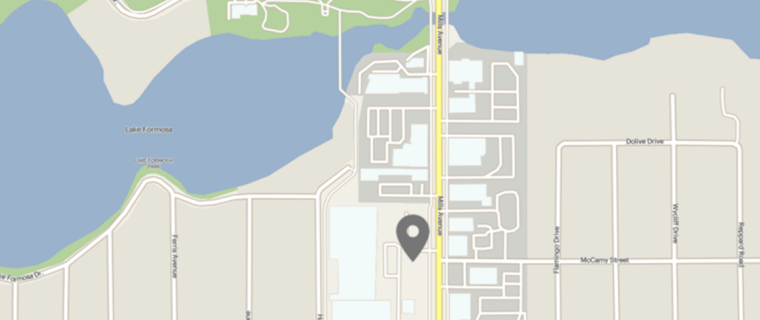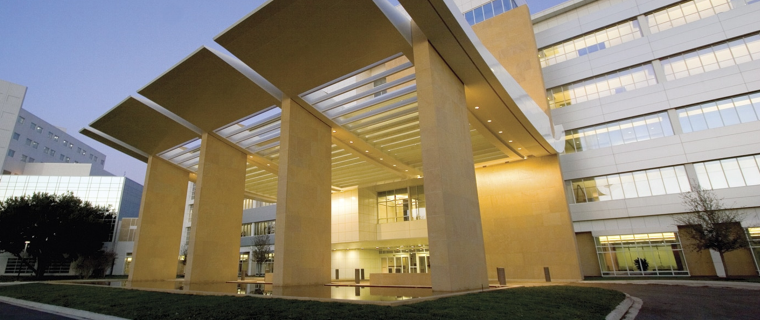Orlando-based developer Upshot Capital Advisors LLC is seeking master plan approvals for a 177,350-square-foot medical office with a six-story parking garage at 1724 N. Mills Ave., according to city of Orlando documents. Orlando-based Jamison Commercial Partners is marketing the space for the project called Upshot Medical Center at Mills Park.
“The site is close to downtown Orlando, Baldwin Park, College Park and Winter Park, and is located between two [major] U.S. hospitals,” Upshot Capital COO Juan Carlos Gomez told Orlando Business Journal. “Upshot Medical Center at Mills Park will allow medical providers in need of Class A medical office space the opportunity to serve their patients in a first-class facility.”
Upshot Capital’s Upshot North Mills LLC in December 2019 bought about 2.6 acres at 1724 N. Mills Ave. in Orlando for $3.8 million, or roughly $1.5 million an acre. The property already has entitlements for 177,350 square feet of hotel or office space.
Click here to read more about this story.





